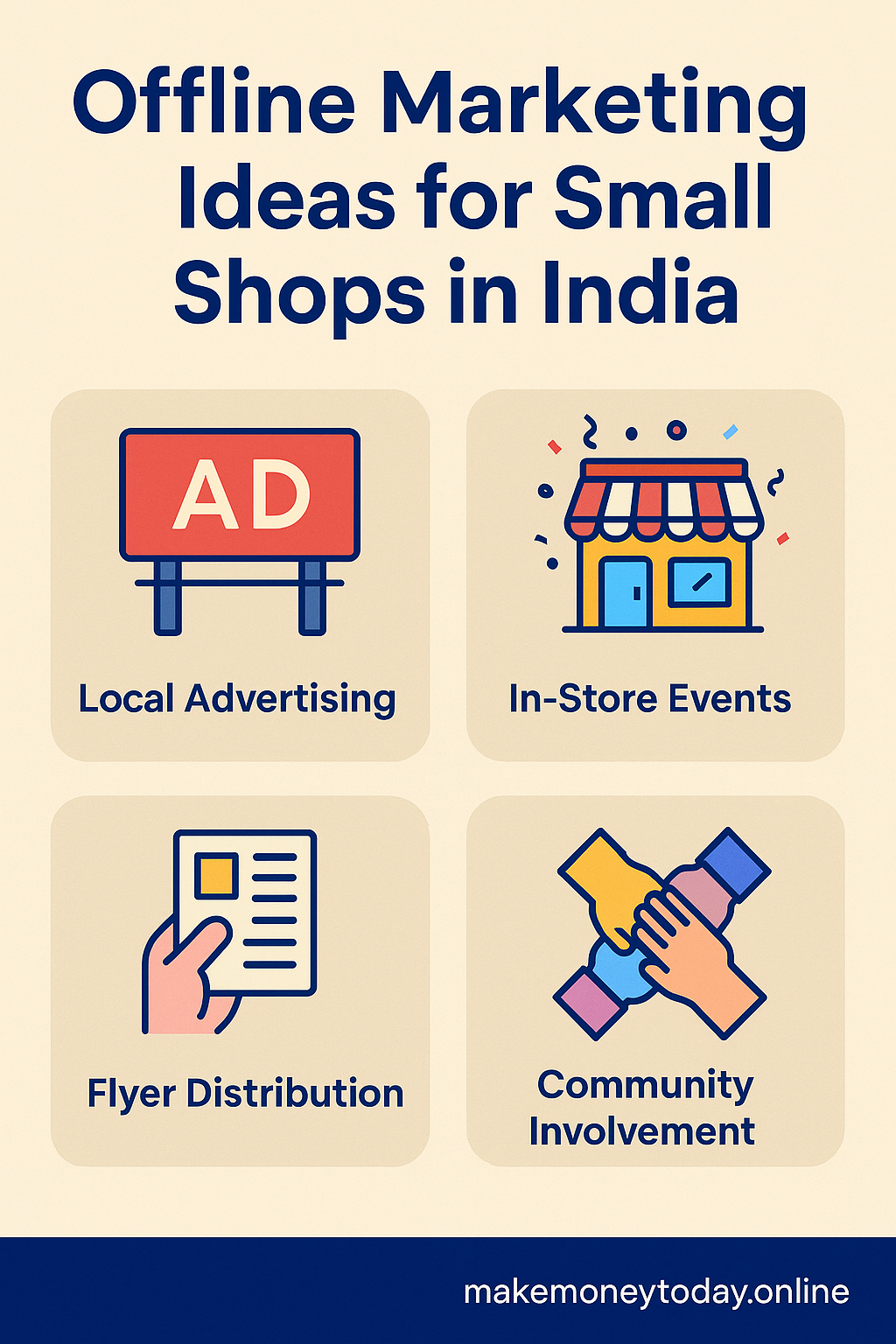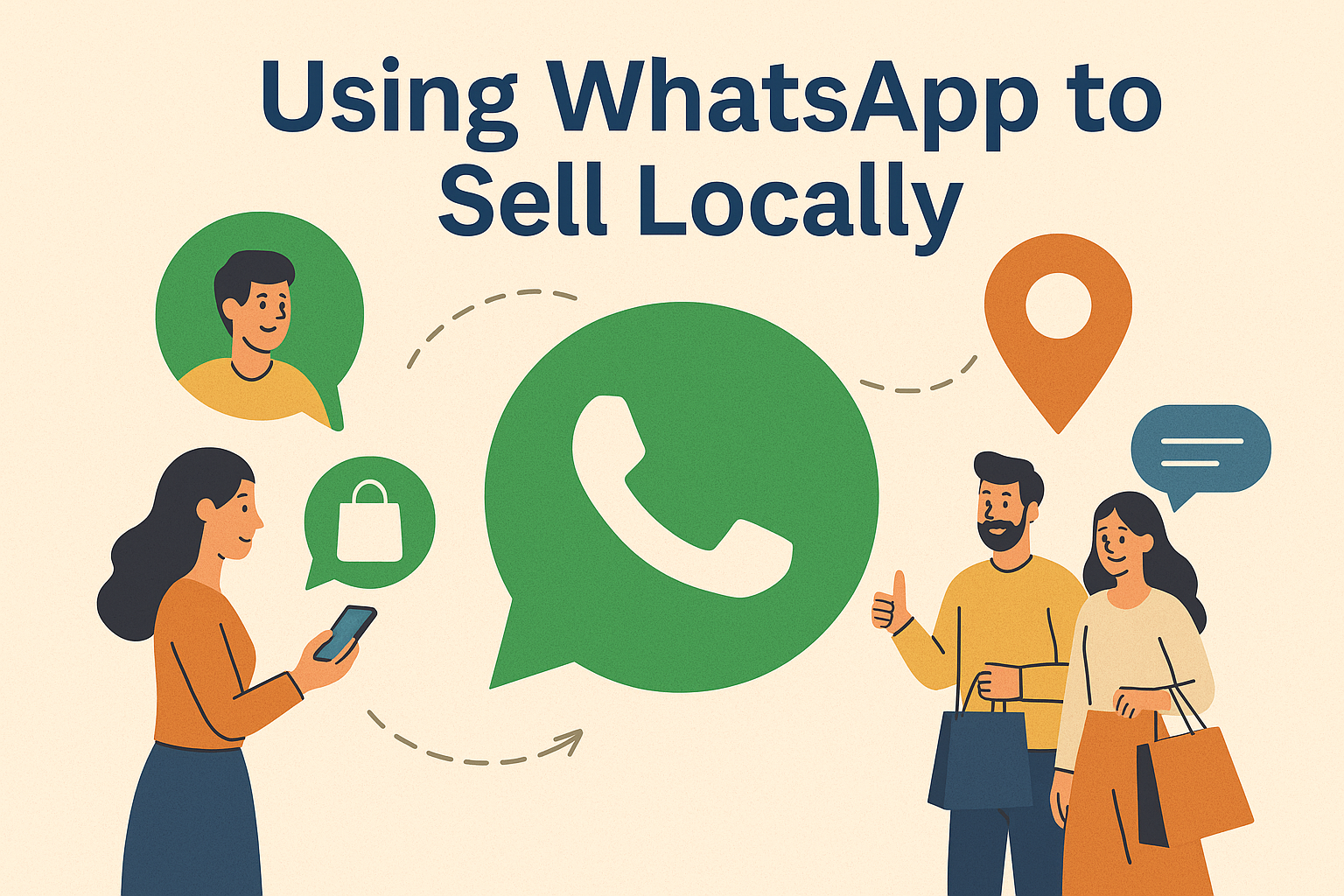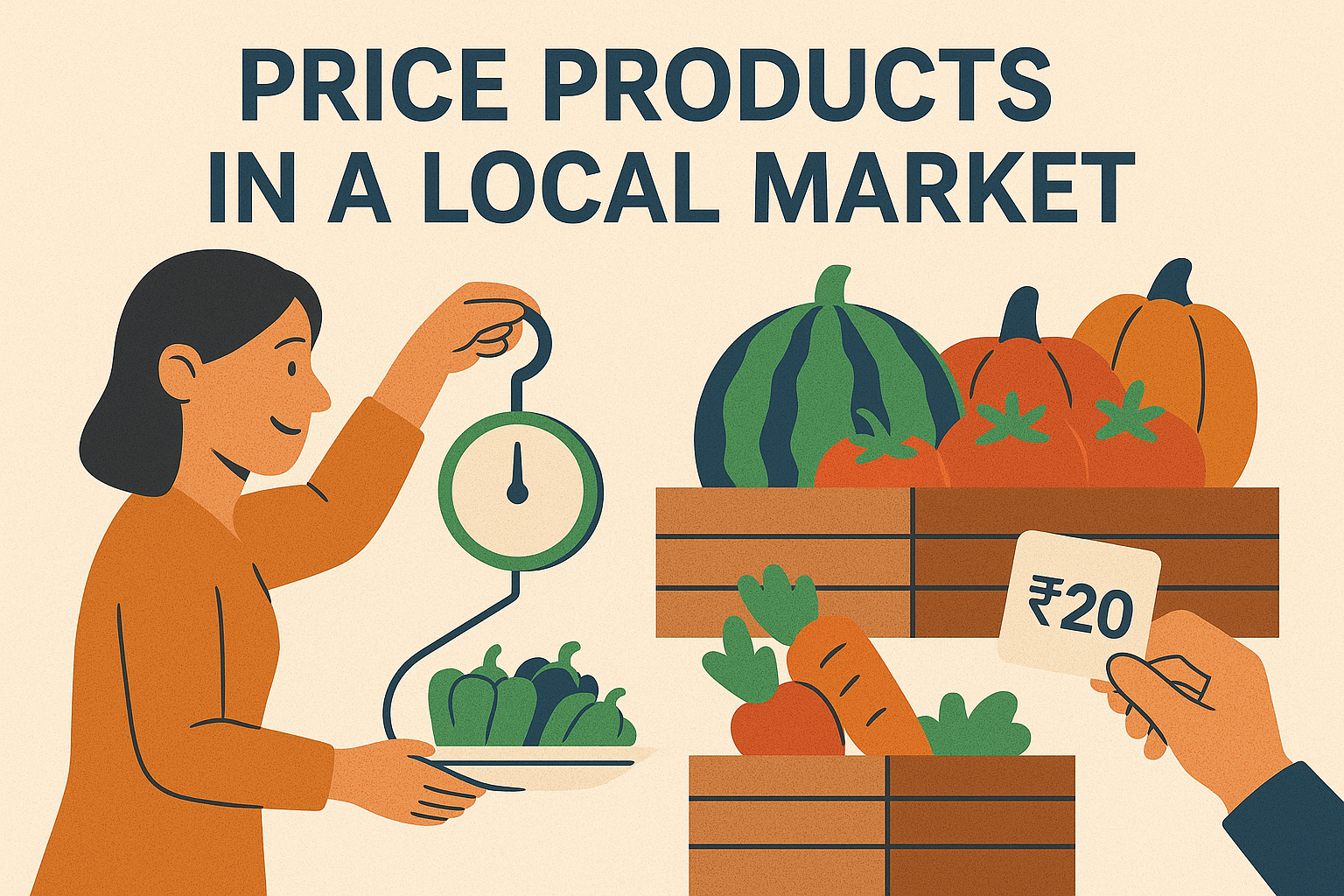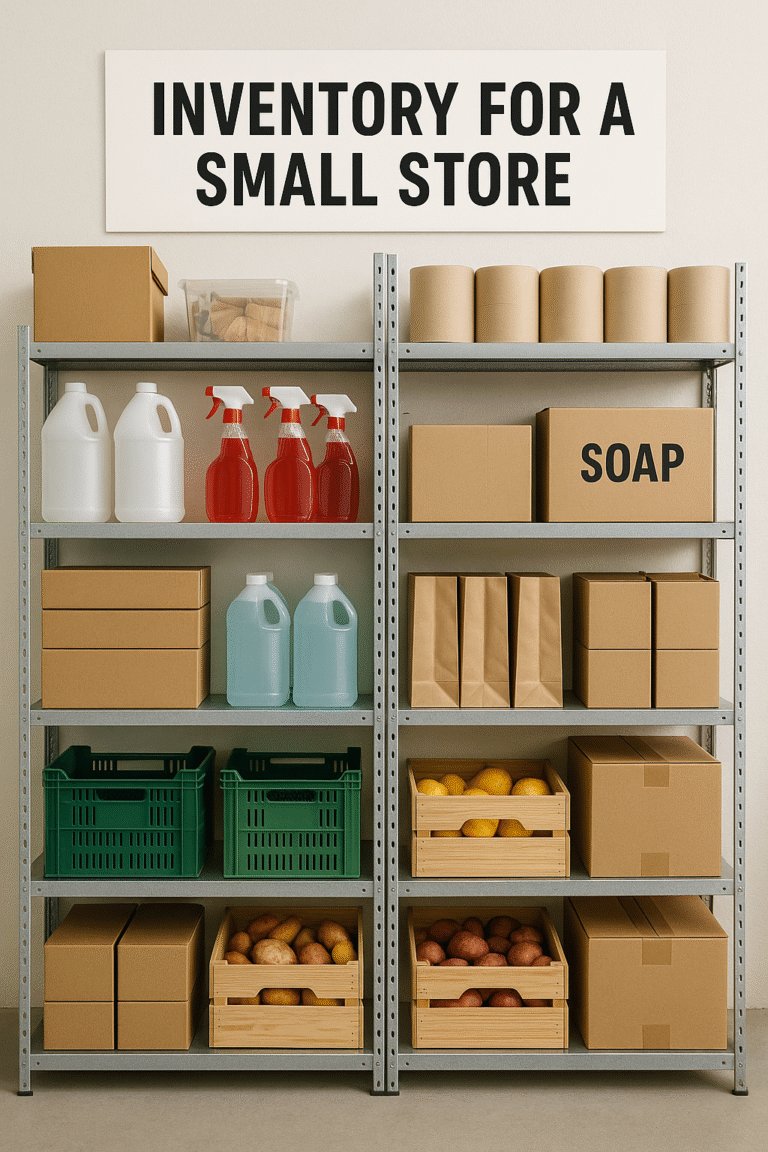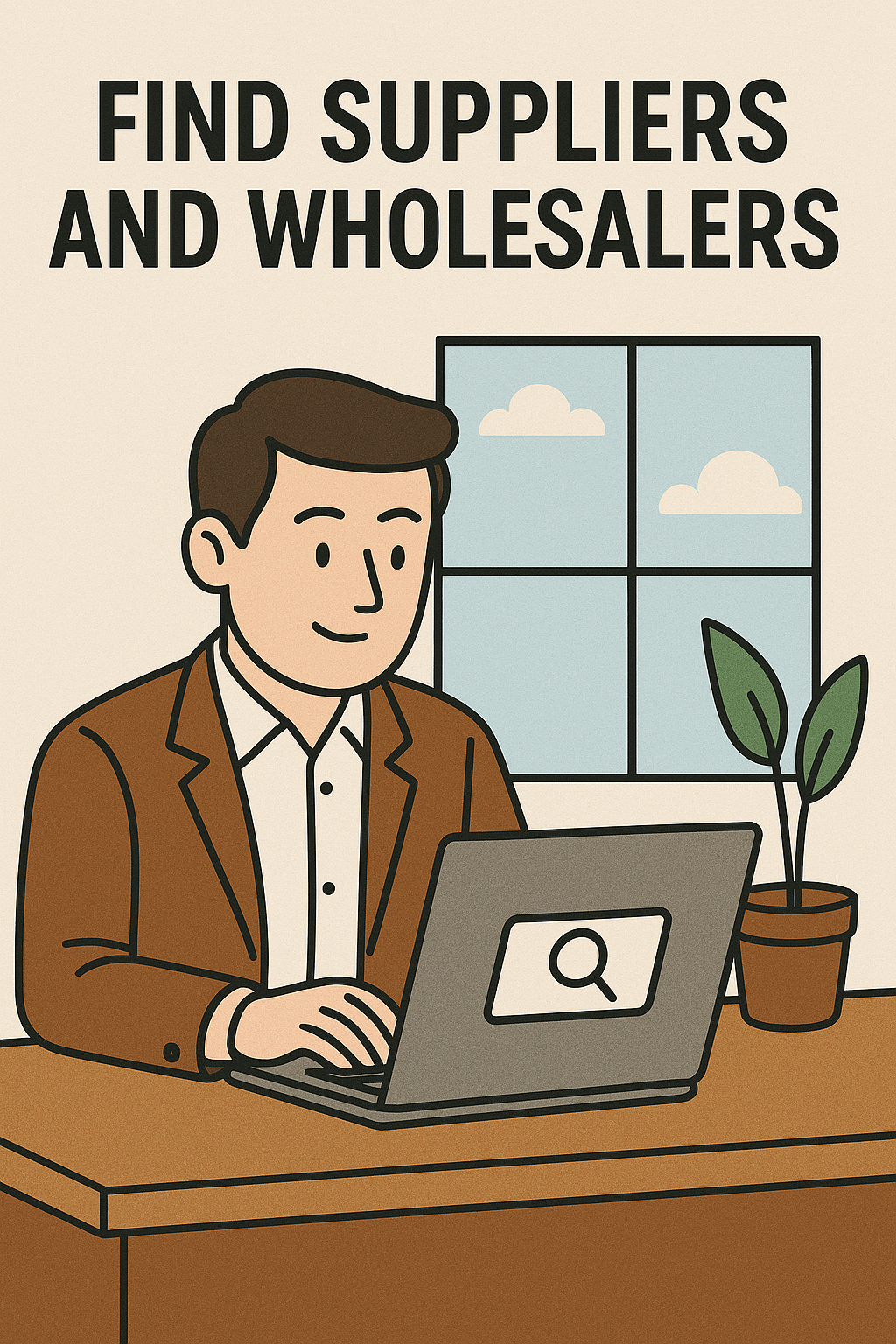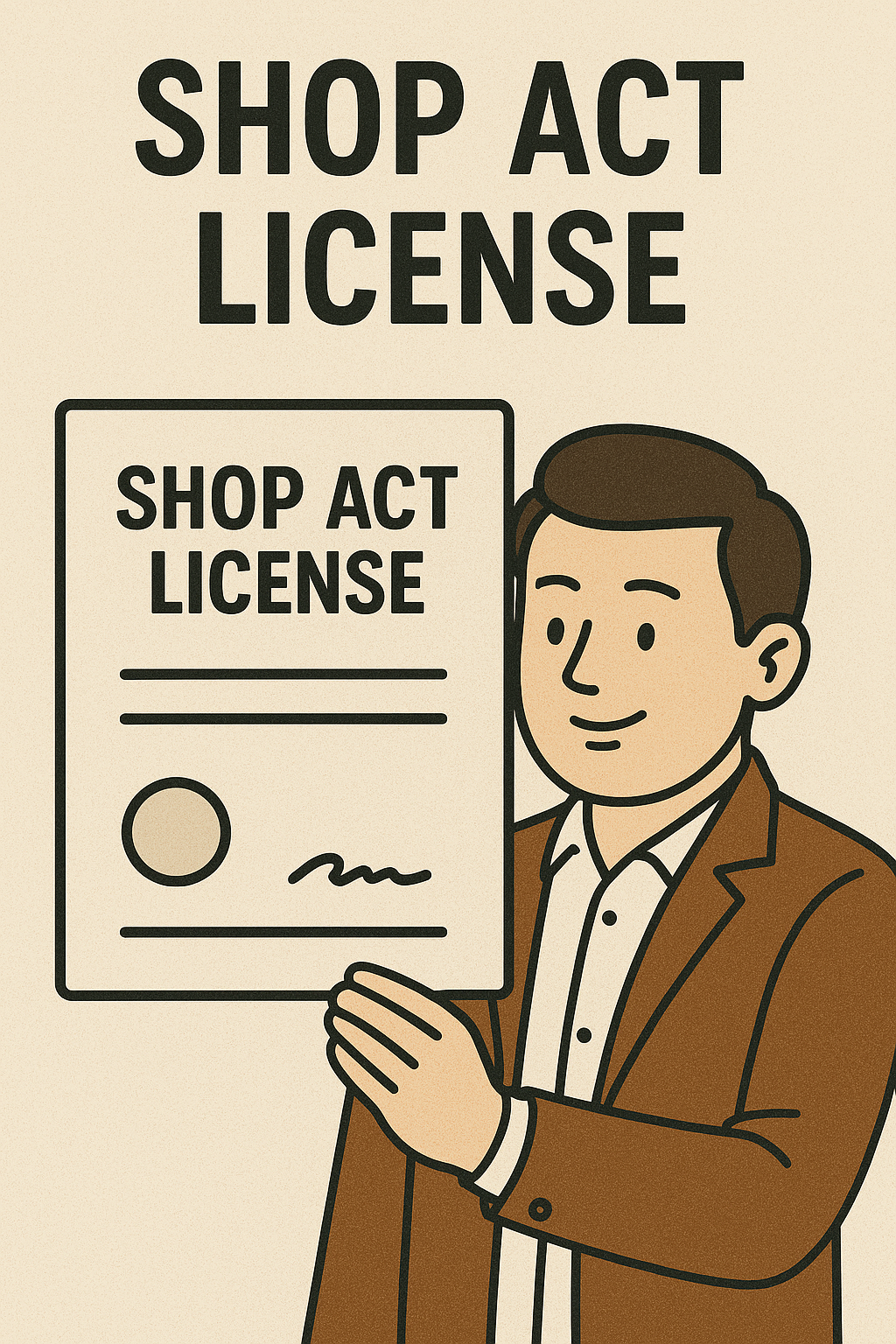How to Start Freelancing in 2025 – A Beginner’s Guide to Earning Your First $100 Online
Introduction Are you tired of wasting time on surveys or apps that pay pennies? Freelancing might be your best option. In 2025, it’s easier than ever to start offering services online — even if you have zero experience. This step-by-step guide will show you exactly how to start freelancing, pick a skill, find clients, and…
